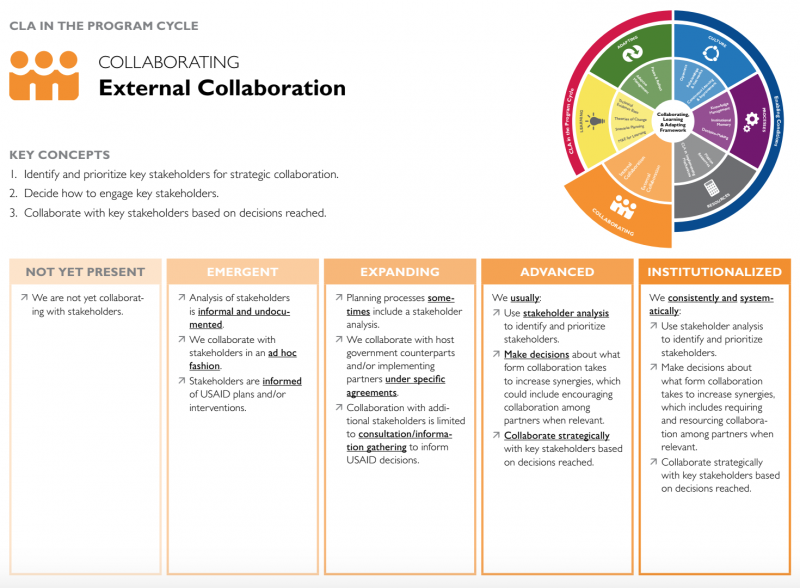To CLA or not to CLA: That is Actually NOT the Question
Monalisa Salib is a Manager of Organizational Learning & Research on the USAID/LEARN contract.

Image: Portrait of Sarah Bernhardt as Hamlet. Credit: Wikimedia Commons.
When we work with USAID Missions and Implementing Partners, one of our first statements is, "you are already collaborating, learning, and adapting." This isn't something new.
Think, for a second, about your last work week. Did you collaborate with a colleague? What about learning - did you gain new knowledge you didn't know before? Did you improve how things get done? It’s likely you did at least one of those. If so, I'm happy to tell you that you're already collaborating, learning, and adapting. (And as an aside, you might also be feeling more satisfied and engaged as a result. Check out our results on CLA and the Federal Employee Viewpoint Survey.)
So if that's the case, ‘to CLA or not’ is actually not the right question. So, what is?
Cue drum roll...
How can I be more systematic and intentional about my CLA practice in order to be more effective?
That means instead of collaborating, learning, and adapting in an ad hoc way, can I plan ahead considering the following questions for my team's portfolio:
- Collaborating: Are we collaborating with the right partners at the right time to promote synergy over stovepiping?
- Learning: Are we asking the most important questions and finding answers that are relevant to decision making?
- Adapting: Are we using the information that we gather through collaboration and learning activities to make better decisions and make adjustments as necessary?
- Enabling Conditions: Are we working in an organizational environment that supports our collaborating, learning, and adapting efforts?
Diving even deeper, USAID’s Bureau for Policy, Planning & Learning created the CLA maturity tool which lays out a spectrum of CLA practice from "not yet present" to "institutionalized" for the 16 subcomponents found in the CLA framework. The example for the subcomponent External Collaboration is below. As you can see, it's not about collaborating with more people or holding more meetings; rather, it's about being systematic and intentional about who the right people are and how you can work with them based on what you want to achieve.

As mentioned, it is rare for a team to be at Not Yet Present. There has naturally been some thinking behind who we are collaborating with and why. At the same time, the goal is not necessarily to get to Institutionalized, but rather to see what makes sense for your team based on where your current practice and what your overall goals are.
So instead of the binary, black and white question of are we collaborating, learning, and adapting, ask yourself, "is there an opportunity to be more systematic and intentional?" Because we know doing so adds value. And if you’re interested in learning more on how to get there, see the CLA Toolkit.



